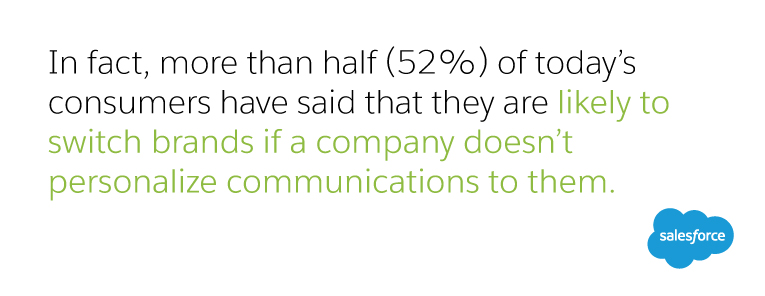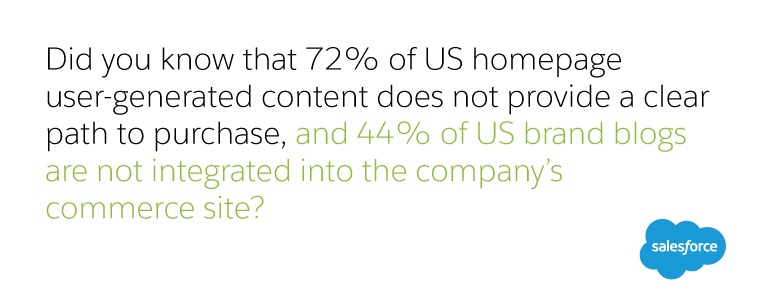Five Foundations of Effective Online Selling
Research suggests that in 2018, there will be approximately approximately $2.84 trillion in retail ecommerce sales worldwide. By 2021, that number is expected to climb to approximately $4.88 trillion. Bottom line? As the pace of online sales increases, so does your competition. With so much at stake, it is imperative that you rise above and connect with customers in effective ways.
But how? To navigate a sea of competitors and win customers who are always online and always connected, your online selling strategy must incorporate five basic requirements.
1. Don’t fail your first online selling hurdle — an optimized website.
Did you know that it can take as little as 10 seconds for visitors to decide whether they will stay on your page or not? More importantly, if you can get users to stay on your page for longer than 30 seconds, they are more likely to return.
Bottom line, you need to get the basic website experiences right. If your conversion rates are lower than average, or your bounce rates are higher than you would like, take a closer look at how your site is designed. Every click is part of a journey that leads your customers to the end goal, the purchase. The more waiting, searching, and steps required, the fewer shoppers will cross the finish line — or come back for more. To boost online sales, be sure to optimize your website experience with today’s best practices: a welcome absence of page load issues and dead links, a mobile friendly design that works across any device, clear and meaningful calls to action, quick and easy checkout experiences, and an uncluttered, user-friendly design.
BEST PRACTICE GUIDE
Learn how to steer shoppers to the buy button.
2. Reach new customers with a comprehensive online marketing strategy.
Once upon a time, simply having an ecommerce site put you ahead of most competitors. However, to compete in today’s online selling market where everyone has a website, you need to reach out and meet your audience where they live, browse, and shop.
At a bare minimum, you should plan regular online digital campaigns and promotions across mobile, web, and social media. Populating these channels regularly will help identify your key audiences, increase brand awareness, and boost online sales by bringing new customers to your website.
In the age of social media, we also recommend leveraging user-generated content, which can help you build brand awareness through real-life testimonials, user-made tutorials, and social media influencers who champion your cause. By showing real people using your products or services, you offer a personalized, relatable experience that is worth a thousand professional photos.
3. Make online selling personal with artificial intelligence (AI).

RESEARCH REPORT
Discover the power of AI-powered personalization.
4. Connect the dots with integrated content.

5. Find the right tools for your online selling needs.
To truly accomplish all of the above, you need a solution that helps you manage all aspects of online selling across all channels from one place. Beyond the website itself, the ideal would include marketing campaigns and promotion capabilities, embedded artificial intelligence, content management tools, tracking and analytics, and much more.
Salesforce Commerce Cloud gives you control over your marketing and ecommerce efforts, backed by the ability to make smarter, more strategic decisions without any extra effort or skill set required. Even more importantly, you can combine Commerce Cloud with other Salesforce solutions — Service Cloud, Sales Cloud, and Marketing Cloud — to achieve full collaboration across all departments, creating a single 360-degree view of each customer, their behaviors, and their needs.
Online selling requires a distinct brand voice and the ability to reach and inspire customers with intelligent, seamless experiences. Salesforce can help you do this with the tools, technology, and support you need to edge ahead of the rest.


